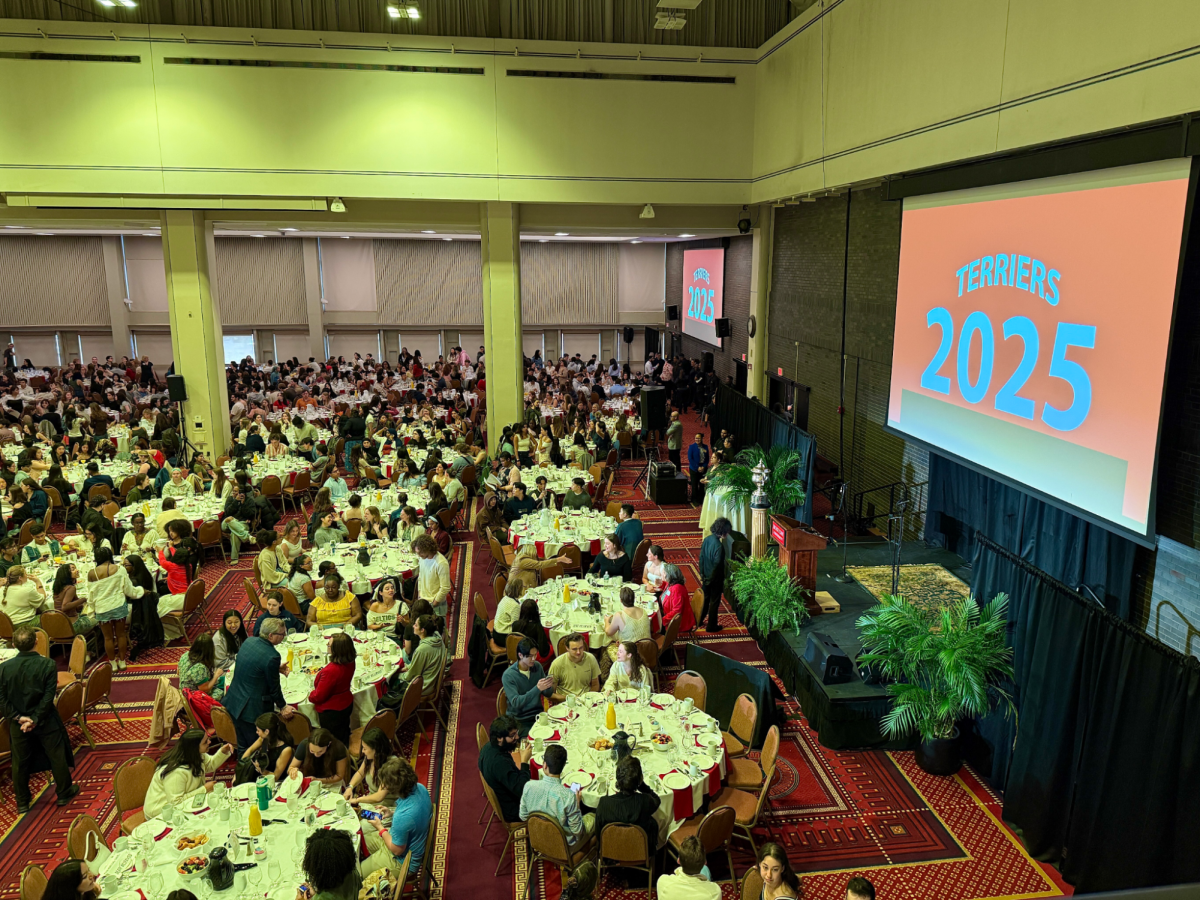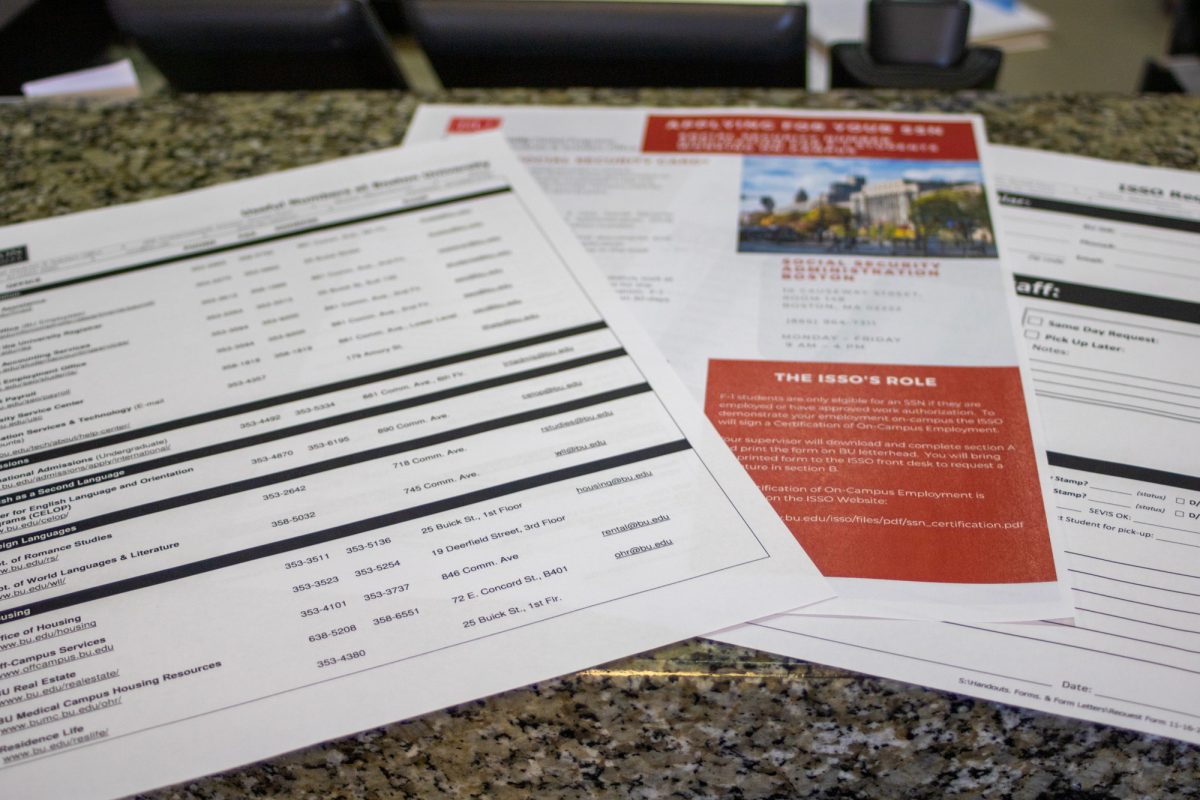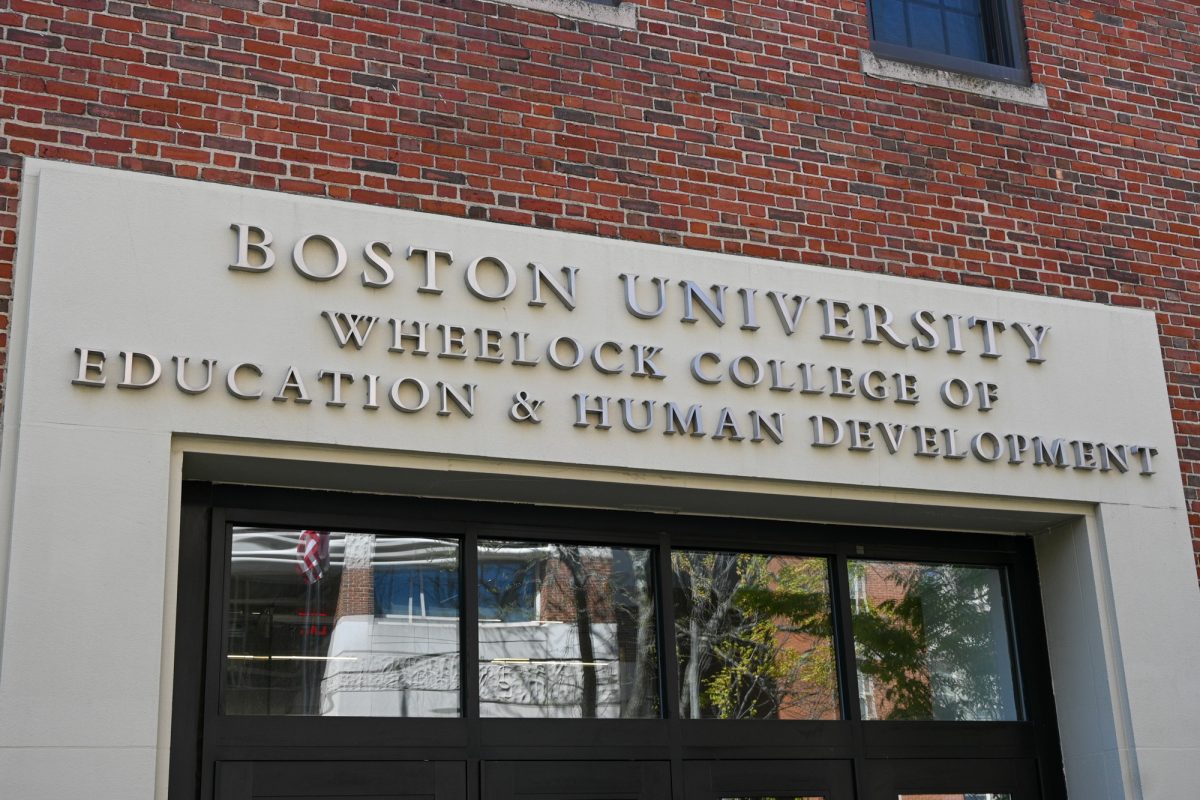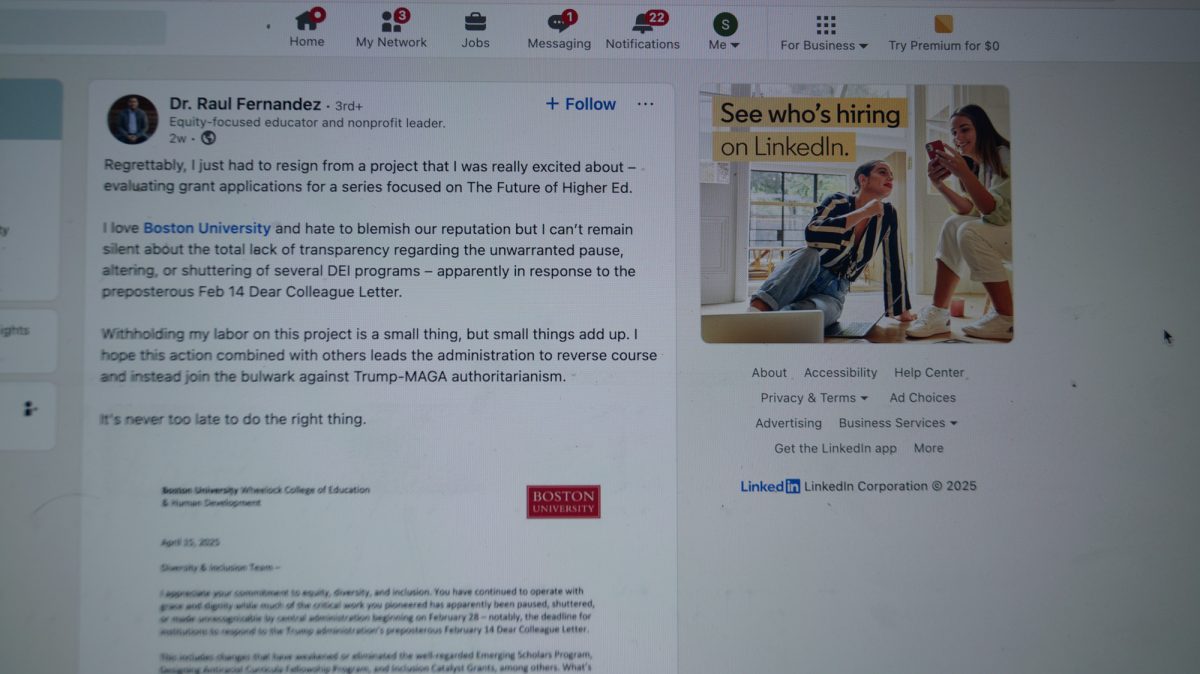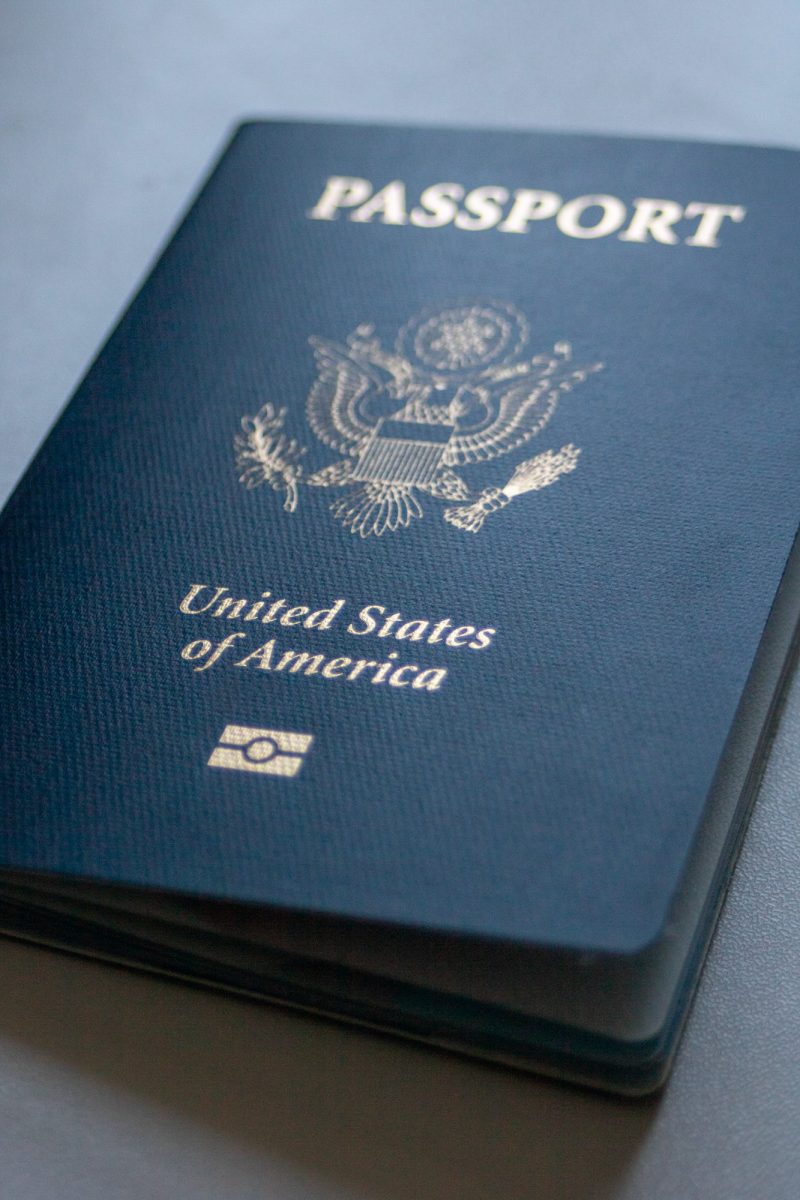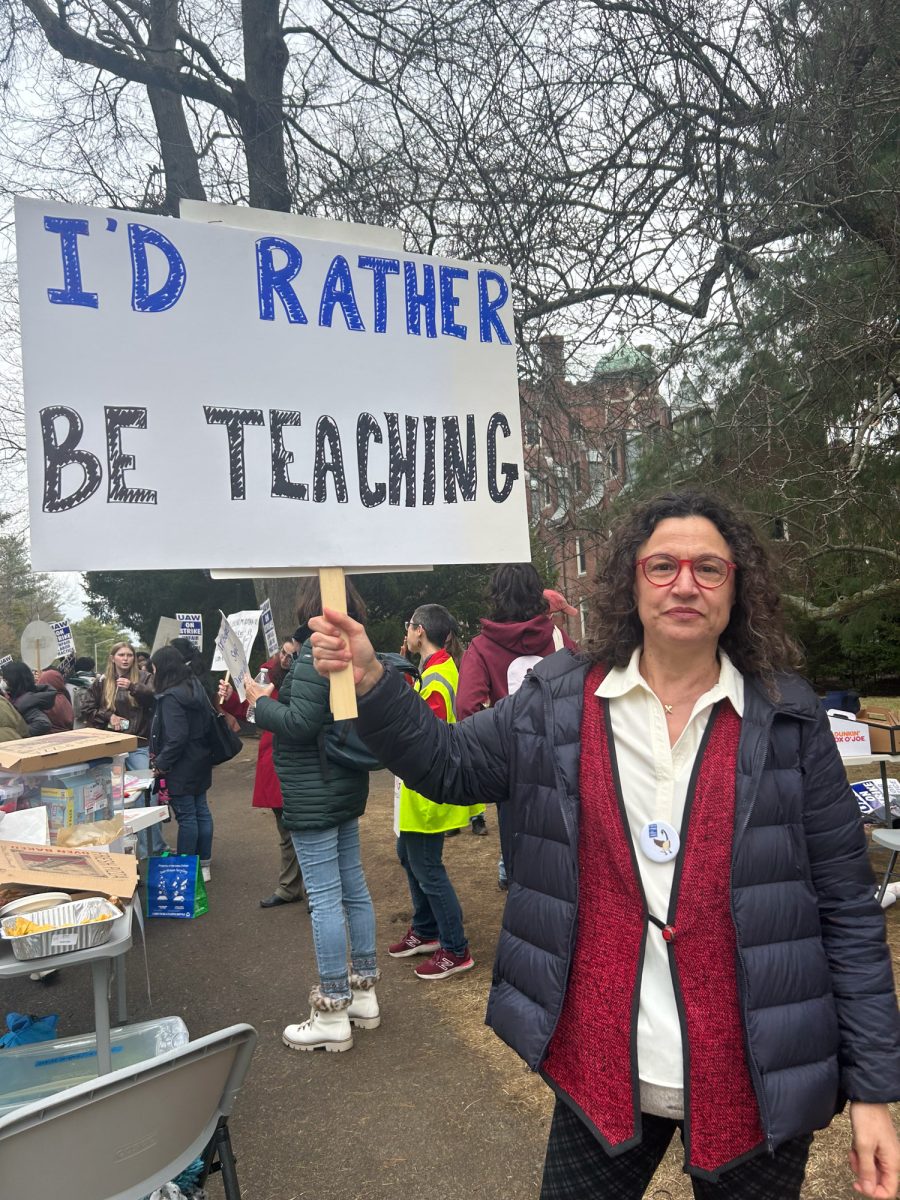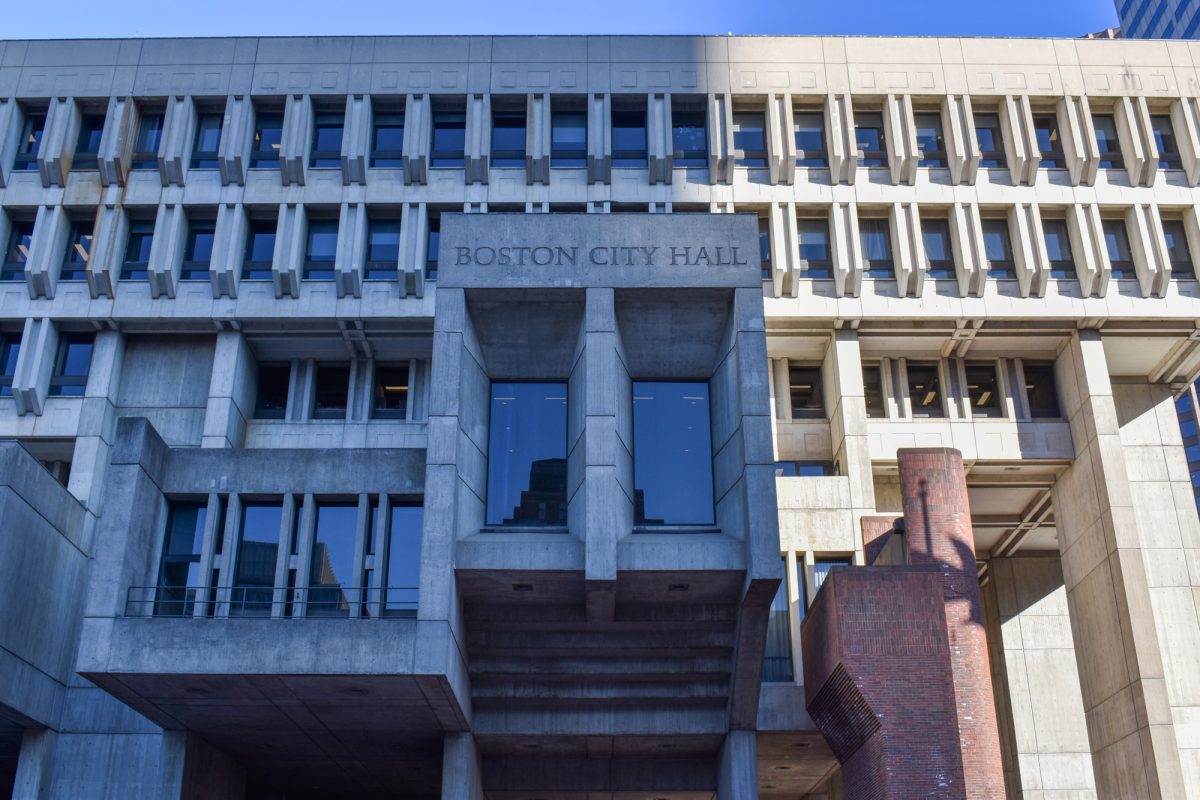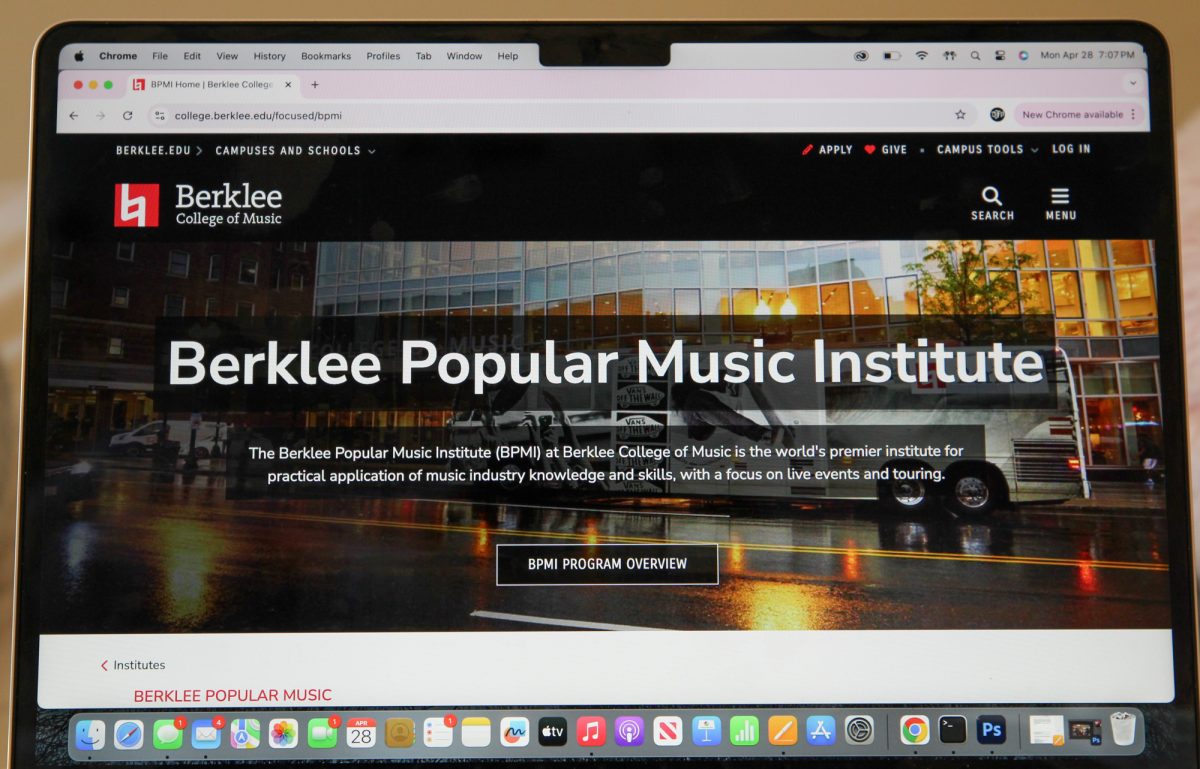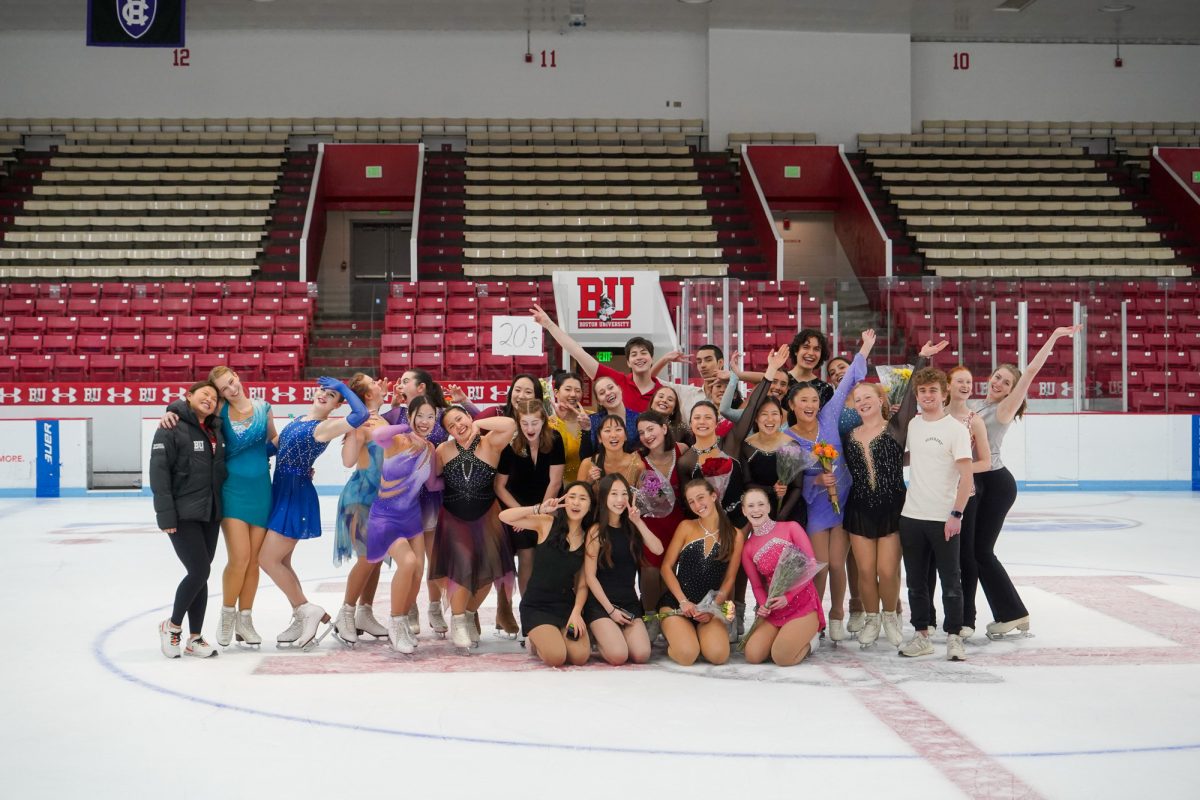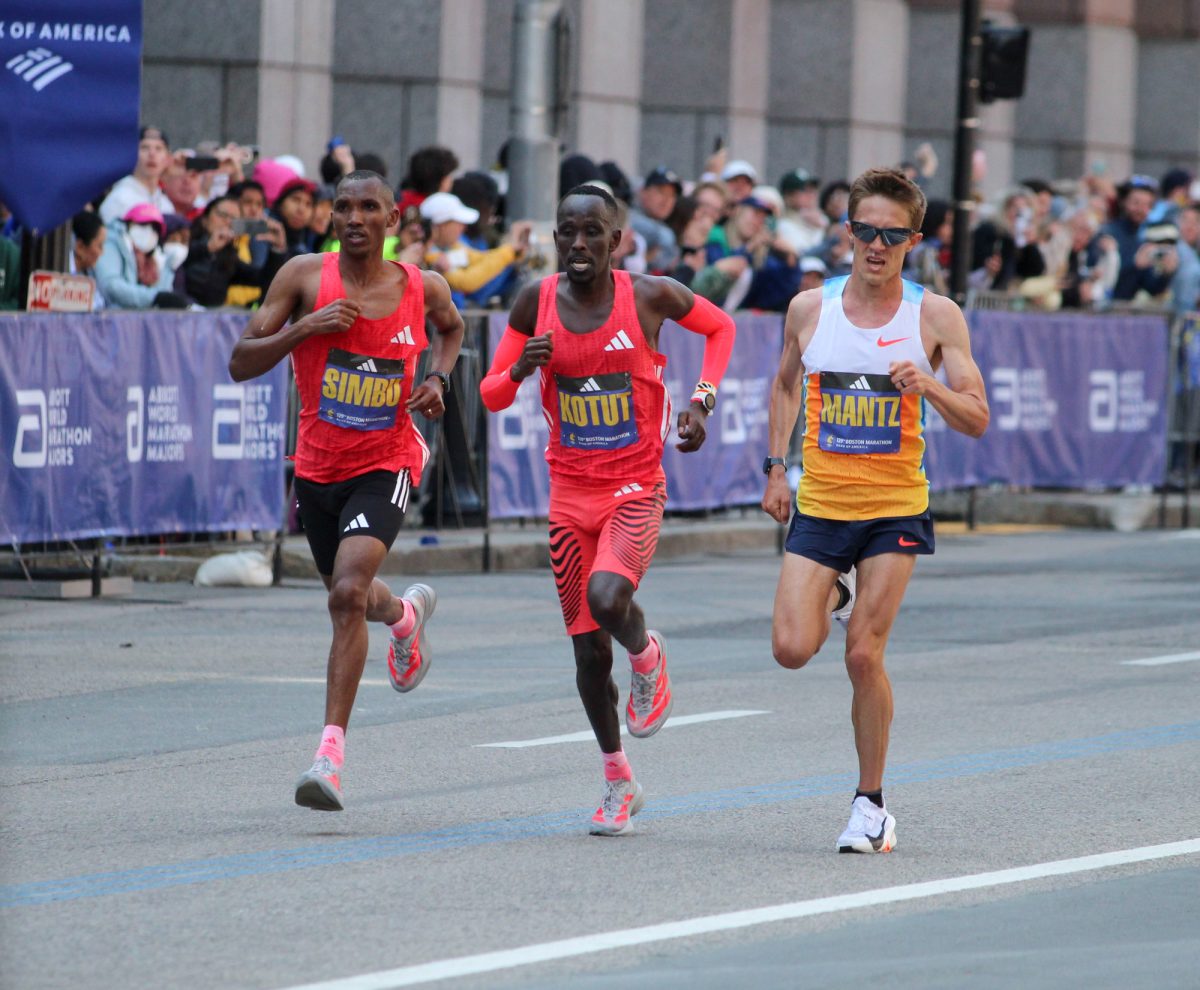This is the eighth in a 10-part series about the current and future state of each undergraduate college within Boston University after President Robert Brown and Provost David Campbell assumed their new positions.
School of Hospitality Administration Dean James Stamas says his school “has it all right – almost.
“We have an excellent profile of students,” he said, “a superb faculty and a strong curriculum. The last step is having a building that looks as good as our program.”
With Brown’s approval and a successful $6 million fundraising campaign underway, Stamas said he will see his dream for a new school come to fruition next fall. Stamas said when the facility opens, it will usher in a new era for SHA students and faculty who hope the building will boost the school’s reputation and facilitate further growth while maintaining close relations with each other.
The new location planned for 928 Commonwealth Ave. marks a significant upgrade from SHA’s current presence in the Fuller Building – a spattering of classrooms and offices above the ex-car dealership-turned function room.
Stamas, who’s held the dean position for 11 years, said he believes the “state-of-the-art” facility will serve as the missing component to the school, which he says consistently ranks in the top tier of hospitality schools nationwide.
“Dr. Brown understands our goals for this building,” he said, “and he’s been terribly supportive. We’ve talked about our priorities. I want this school to be one of the best in the county.”
SHA students say they are thrilled about a building in the works, in addition to preexisting elements of their school – including the career placement rate, international internships and professors.
But many said they think the school still needs to expand its curriculum and gain recognition – first within the university and then on a national level.
“SHA is still growing from its basic hospitality outline,” SHA senior Elle Daly said. “I think they should add classes, which would broaden the spectrum to include night clubs, tourism and country clubs.”
One of the newest, smallest and least-known schools on campus, SHA aims to prepare students for careers in the hospitality industry while incorporating a broad-based education, Stamas said. SHA currently has 342 students.
“It’s a marriage of liberal arts and management,” he said, “with an emphasis on hospitality. We’re certainly in the right city to teach it because there is every major employer and brand [in Boston].”
According to Stamas, SHA was created in 1981 as part of the Metropolitan College. But it wasn’t until 2004 that Stamas began reporting to the provost of the university, like other colleges’ deans.
SHA senior Tom Chirico said the school “is very good at providing an operations-based education.” Last year, he said he decided to take up a marketing major in the School of Management to supplement his hospitality administration degree.
“SHA gave me a broad business background in the sense that it got me thinking in the right light,” he said. “You’re gonna have a great idea of what it takes to run a restaurant, but I wanted to delve into the corporate aspect of running a whole chain of restaurants.”
Chirico, like many SHA students, had previous experience in the industry before entering the school as freshman. But not all 18-year-old high school graduates are ready to choose a specific, vocation-based program. This year, about 35 BU students transferred into SHA from schools such as the College of General Studies and the College of Arts and Sciences.
“The number of transfers into SHA is increasing,” Stamas said, adding that very few students transfer out. “I think that’s a solid indication our school’s reputation is on the rise.”
As of two years ago, SMG students could minor in SHA, and vice versa. Stamas said he hopes the SHA minor will open up to other university schools in the future.
Some SHA students – including junior Kristen Richards – said they think the curriculum can be repetitive.
“This is the third time I’m designing a restaurant,” Richards said. “Right now, I have the same professor twice in one day.”
In response to students seeking more depth in curriculum, Stamas said he is “talking about forming concentrations within the degrees.
“We’re always fine-tuning our curriculum by adding and subtracting courses and listening to our advisory board in the marketplace,” he continued. “They tell us what skills the companies are looking for and we adjust to that.”
In conjunction with the new three-floor facility – which will include a hotel-style lobby, computer labs, student lounges and an auditorium with seating for 100 – Stamas said he wants enrollment to reach 400 students.
“We’d like to be a little bigger,” Stamas said, “but keeping a close community is most important. We’re not big on bureaucracy here. The difference between faculty, staff and students is minimal.”
While flipping through sketches of floor plans for the new building, Stamas said he is “excited and optimistic” about the future of SHA.
“We don’t think we’re the stepchild of BU anymore,” he said.

